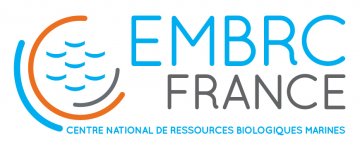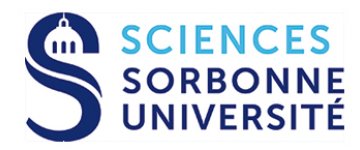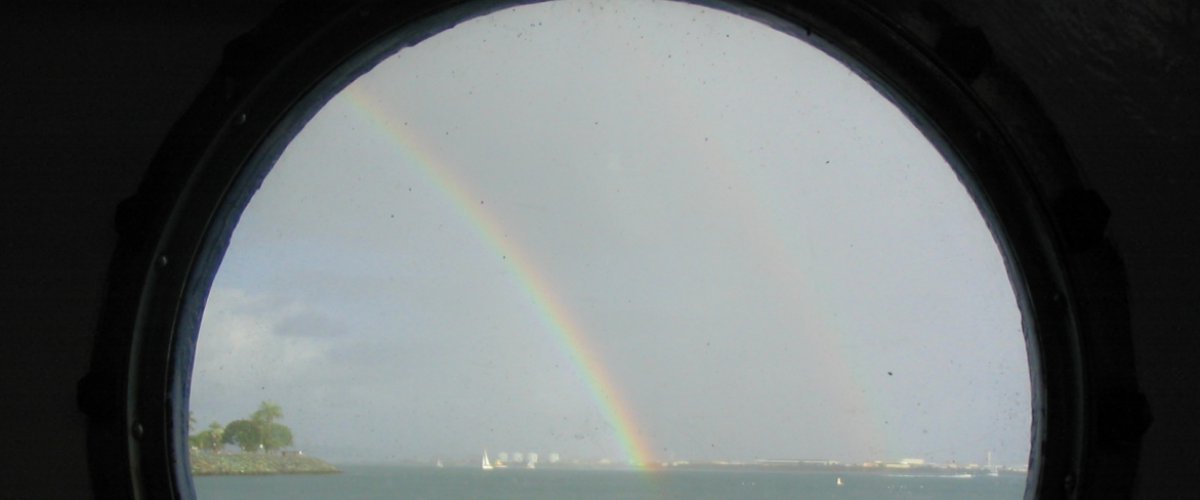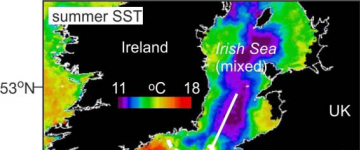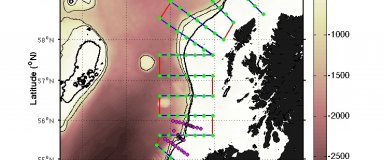CANDYFLOSS 2013-2017
CArbon/Nutrient DYnamics and FLuxes Of the Shelf System (CANDYFLOSS) Lead : Prof. Jonathan Sharples, University of Liverpool. Duration: 3,5 ans (08/2013-02/2017)
We will quantify the sources, abundances and cycling of major nutrients seasonally within a stratifying shelf sea, and determine the impact on oceanic carbon storage. Our premise is that the net influence of a shelf sea on the global cycles of major macronutrients and carbon, is controlled by internal processing modifying elemental stoichiometry from that of the boundary fluxes.
Overall Aims:
1. Determine the exchanges of C, N, P, Si in a seasonally-stratifying shelf sea, and quantify the processes that shift the stoichiometry of these elements in dissolved and particulate phases, so controlling the storage of carbon, plankton production and community composition, and the quantity and quality of organic material transferred to higher trophic levels and to the benthos.
2. Develop and improve parameterisations of these processes and provide mechanistic and observational data to the NEMO-ERSEM model. Identified areas of model uncertainty: ocean-shelf C, N, P, Si exchange, the fate of autotrophs, and biogeochemical fluxes at pycnoclines.
3. Synthesise the results to calculate the role played by a whole shelf sea in carbon storage. With SSB WP4 (modelling), independently test the broader applicability of the new process descriptions towards simulation of the role of the NW European shelf in C, N, P and Si cycling. Assess the potential for changes to shelf biogeochemical cycling in a changing climate.
Cruises
Scheduled Cruises :
- November-December 2013
- March-May 2014
- June-July 2014
In 2014, Lesley Salt, then CNRS Post Doctoral Fellow in our Marine Chemistry Research Group, performed DIC & TA analysis onboard.
Fig. 1. Regimes of the Celtic Sea, cruise survey (solid white lines illustrate main track for whole-shelf sampling) and process stations (C1, C2 and long-term moorings SB (Cefas) and E1 (WCO)).
Collaborators & Partners
CANDYFLOSS Project is funded by NERC (projet TAP, Co-I, 2013-2016).
Collaborators: Universities of Liverpool, Southampton, Aberdeen, East Anglia, and Bangor, National Oceanography Centre, Plymouth Marine Laboratory, Scottish Association for Marine Science, Cefas.
Partners: Marine Scotland, FASTNEt, Marine Institute, Uni. S. Denmark.
Fig. 2. : Candyfloss Cruise
